Strategy sins and channel challenges
Is “the media” an audience or a channel? How do you target “the general public”? And other strategic communications challenges.
If you work in communications, it is easy to be lazy when writing a communications strategy or plan. You get into bad habits, you never really learnt the basics, or at some point, you just gave up trying (no one reads them anyway, right?). It’s no excuse. If you want to deliver effective communications, you need to create a proper strategy.
It is time to get on my strategy high horse and share some of my most popular gripes when I read communication strategies.
Media, are they the end game?
When I was managing a team, my biggest bugbear when being asked to approve a communications strategy was seeing the media as an audience. It’s not. It is a way to get information to an audience. How you proactive engage with the media, build relationships and manage enquiries is a channel of communication. If you want to reach a business audience, you aim for the Australia Financial Review, not news.com.au. You aren’t trying to get front-page media coverage as the end goal (or at least you shouldn’t be). You should be trying to get coverage that your audience will read. Particularly when working in the public service, we often get distracted by media coverage (drive by the Minister’s Office need for media attention) and forget It’s not the end game.
The “general public” is not an audience
My biggest challenge now that I am a consultant is convincing my clients they can’t target every single person in Australia, often referred to as “the general public”. Why does everyone need to know? How will you get to the baby born yesterday and the elderly gentleman in the aged care home, and everyone in between? It is an impossible task. So rarely do we ever need to target everyone. If you do need to reach everyone in Australia you will still need to break down your audiences to understand their needs and preferences, so you know how to reach them effectively.
Know the difference between a goal and an objective
Writing measurable objectives are hard. Ask any comms person. I have a confession. I don’t always include objectives in my communications strategies. There are times when I am writing a quick plan to provide direction to a client who I know will never measure the outcomes. They just want to know what to deliver and when. In these types of plans, I will include high-level goals – what are we trying to achieve? Motherhood statements that keep us on track.
If I am writing a communications strategy, I will include measurable objectives ‘Increase social media engagement on Facebook by 15% in the next 12 months.’ It takes more time to understand what data you have available and where you can grow, but the measurement and evaluation is also more valuable. I think it’s ok to not always go to this level of detail, but if you can, the effort is worth it – just know the difference between the two!
Being strategic
Being strategic means that you know your audiences and how to reach them. You know what media they are consuming, how and where they engage on social media, and what content will entice them. Or at least you are trying to understand.
Being strategic is not writing the plan. It is understanding what needs to go in it.
If you need some inspiration on where to start, there is a free strategy template on my website. You also might be interested in some of my previous articles:

